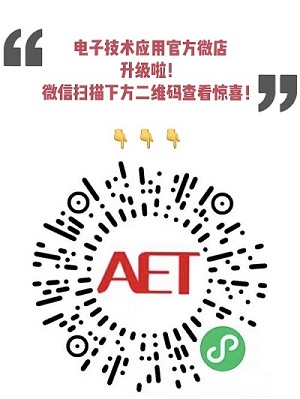SM9在泛在物联网中的应用研究
信息技术与网络安全 2期
边杏宾,马俊明,胡志勇,郑伟伟
(中电科鹏跃电子科技有限公司,山西 太原030032)
摘要: 摘 要: 泛在物联网使物联网融入互联网,在打破数据孤岛的同时令海量设备处于更加复杂的网络环境,安全风险更加突出。传统的公钥密码基础设施(PKI)安全方案数字证书管理开销大、管理复杂,不适合泛在物联网的安全建设。基于标识的密码体制(IBC)消除了安全应用中大量交换数字证书的问题,更加易于部署和使用。基于我国制定的IBC密码标准SM9提出了泛在物联网轻量化安全方案,设计了SM9秘钥基础设施架构,分析了系统实现途径,解决设备接入与管理、对等身份验证、保密通信、关键数据防护等安全问题。提出的方案具有轻量级、开销较小、系统自主性高人工管理量少的特点,适合泛在物联网环境的部署和运维。
中图分类号: TP393
文献标识码: A
DOI: 10.19358/j.issn.2096-5133.2022.02.005
引用格式: 边杏宾,马俊明,胡志勇,等. SM9在泛在物联网中的应用研究[J].信息技术与网络安全,2022,41(2):27-32.
文献标识码: A
DOI: 10.19358/j.issn.2096-5133.2022.02.005
引用格式: 边杏宾,马俊明,胡志勇,等. SM9在泛在物联网中的应用研究[J].信息技术与网络安全,2022,41(2):27-32.
Application research of SM9 in ubiquitous Internet of Things
Bian Xingbin,Ma Junming,Hu Zhiyong,Zheng Weiwei
(CETC Pengyue Electronic Technology Co.,Ltd.,Taiyuan 030032,China)
Abstract: The ubiquitous Internet of Things integrates the Internet of Things into the Internet, breaks the data island, and makes a large number of devices in a more complex network environment, with more prominent security risks. The traditional public key cryptography infrastructure(PKI) security scheme has high cost and complex management of digital certificate, which is not suitable for the security construction of ubiquitous Internet of Things. Identity based cryptosystem (IBC) eliminates the problem of exchanging a large number of digital certificates in security applications, and is easier to deploy and use. Based on the IBC cryptographic standard SM9 formulated in China, this paper puts forward the lightweight security scheme of ubiquitous Internet of Things, designs the SM9 secret key infrastructure, analyzes the system implementation ways, and solves the security problems such as equipment access and management, peer-to-peer authentication, confidential communication, key data protection and so on. The proposed scheme has the characteristics of lightweight, low overhead, high system autonomy and less manual management. It is suitable for the deployment, operation and maintenance of ubiquitous Internet of Things environment.
Key words : ubiquitous Internet of Things;SM9;PKI;secret key infrastructure
0 引言
随着物联网系统大数据量的增大、业务类型的增多,以及信息交互愈加复杂,风险访问、数据泄漏、恶意攻击急剧增加。物联网协同工作框架的不断演进,使得大量独立网络接入高层综合业务系统,构成了底层有多种终端、多种数据源支撑的云平台。这种环境下,当数据涉及敏感信息时,一旦隐私信息被泄露或篡改,可能造成严重后果,损害国计民生等公共利益甚至国家安全[1-2]。因此,需要网络身份认证、可信信息交互等技术来保证云计算场景中的信息保密与物联网系统的安全运行。
在以云平台为中心的泛在物联网环境中,对中心云平台的访问主体由人变为了物,即各类物联网感知终端、控制终端,多层体系结构的纵向指令和数据交互有较高的实时性要求,需要系统有更强的自主决策与自治能力,以降低各类延迟,满足较高的实时要求。
接入设备的身份认证技术、信息的来源和完整性验证技术在泛在物联网环境中是关键的安全技术,在设备接入系统、系统运行过程中都需要保障设备身份的合法性,阻止非法设备接入,以及控制指令的绝对真实。
本文详细内容请下载:http://www.chinaaet.com/resource/share/2000003947。
作者信息:
边杏宾,马俊明,胡志勇,郑伟伟
(中电科鹏跃电子科技有限公司,山西 太原030032)

此内容为AET网站原创,未经授权禁止转载。

